
Movie Review | Hidden Figures
Producers: Levantine Films, Chernin Entertainment, Fox 2000 Pictures, distributed by 20th Century Fox
Runtime: 127 minutes
MPAA Rating: PG
EE Critic Score: 9/10
Hidden Figures is essentially a triple-biopic. It tells portions of the life stories of Katherine Goble Johnson, Dorothy Vaughan, and Mary Jackson, who worked as computers (and later held more prominent positions) at NASA’s Langley, Virginia Research Center during the Space Race era of the 1960s.
I went to this movie expecting it to be good. It billed itself as an inspirational true story, and it certainly is that. But its execution was really outstanding. This is one of the best film’s I’ve seen in some time. I genuinely have no complaints about it.
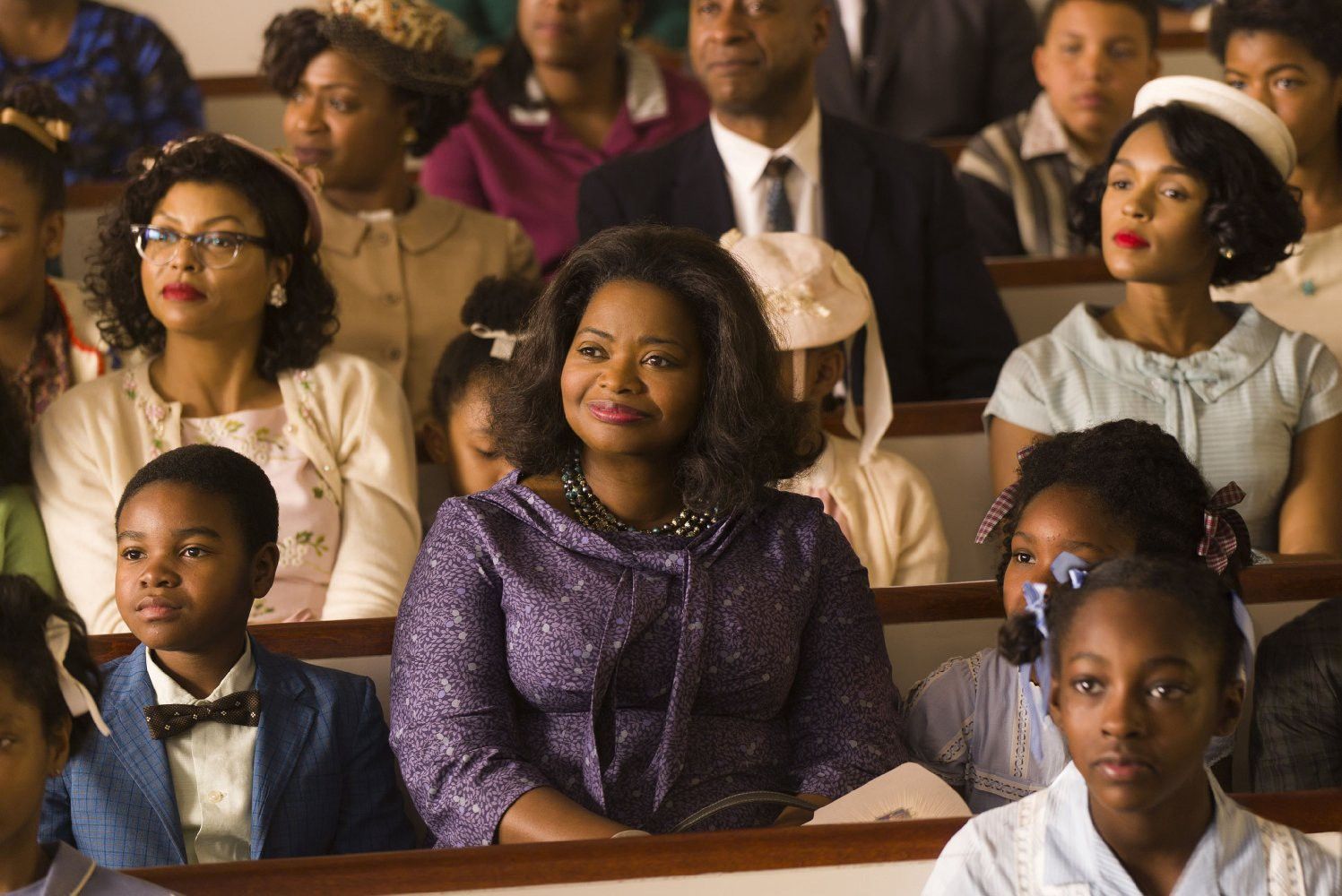
Plot Summary
As I mentioned, this is a triple-biopic, which is to say, it has three plots. They center around characters who are friends, and so they intersect at various points, but they are really three separate plots.
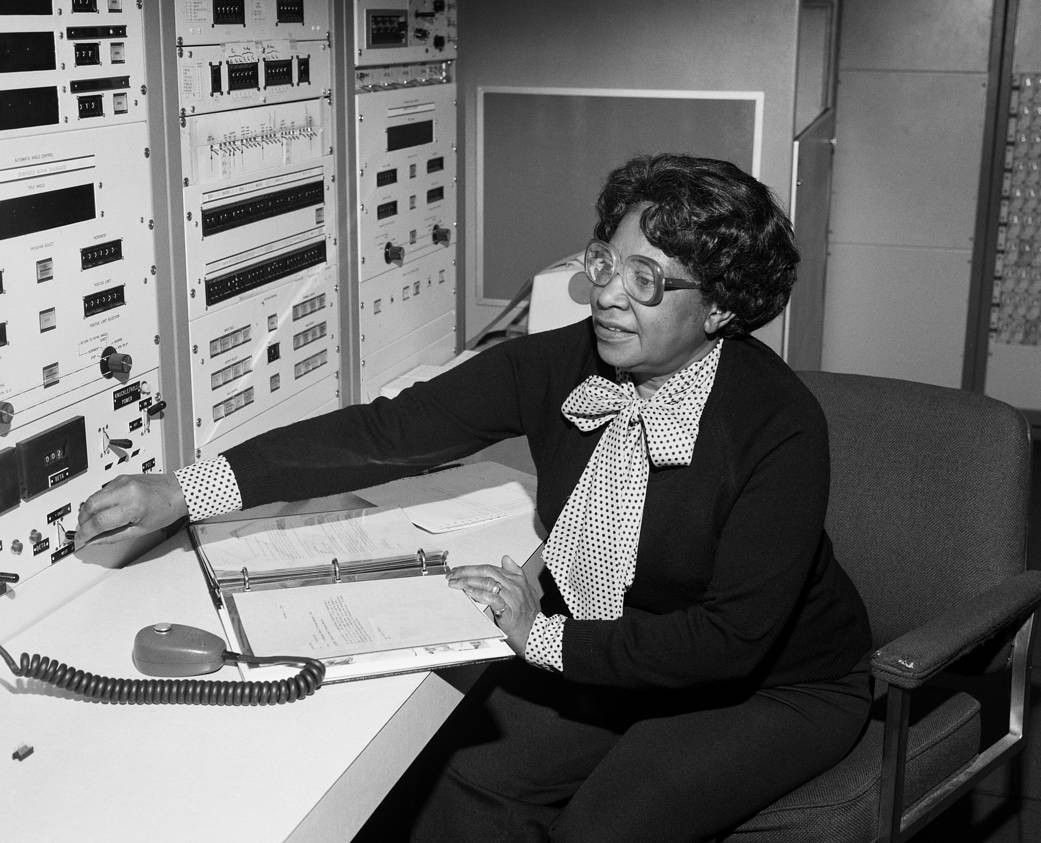
Mary Jackson
Mary Jackson (Janelle Monae) is the youngest of the trio of protagonists, and her plot is the simplest. She is a computer, working with the engineers developing a space capsule, but she wants to be an engineer herself. She doesn’t have the education to be an engineer, and she can’t pursue education because, well, she lives in Virginia in the ’60s and black people aren’t allowed to attend college classes. Jackson sues the state for the right to pursue her studies, convincing the judge at her hearing that allowing her to attend night classes would make him someone of historical importance.
Many of Jackson’s scenes are shared with Vaughan and Goble, where she’s a sort of lightly comic figure. Her plot isn’t really a big part of the movie, but it’s well done for what it is. This is, as far as I can tell, Monae’s first major acting role, which makes her performance the more impressive.
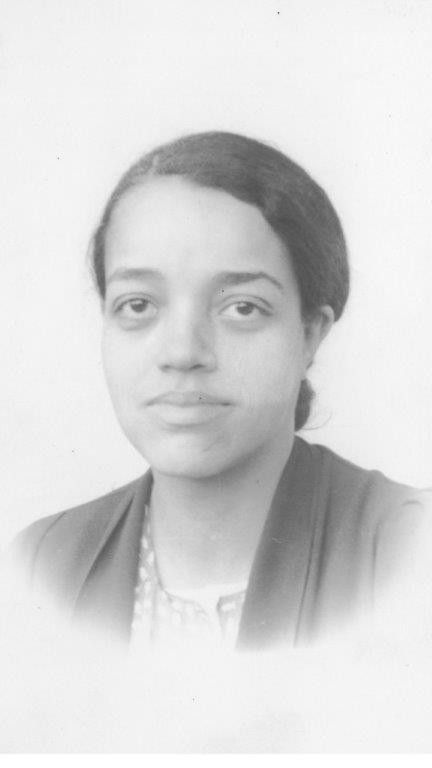
Dorothy Vaughan
A more substantial portion of the movie is dedicated to Dorothy Vaughan (Octavia Spencer). Vaughan is introduced as the unofficial head of the division of computers our three protagonists start out working in, the racially segregeted West Area Computing Group. She persistantly petitions her superior, Vivian Mitchell (Kirsten Dunst), for the official position as head of the West Group, but is held back by the unadmitted racism of Mitchell (or of Mitchell’s superiors, whom she blames for Vaughan’s division no longer having an official head position, but whom we never meet).
When an IBM mechanical computer is shown being installed at the Langley station, I thought that the film might be starting on a modern (or, at least, mid-century modern) take on John Henry, where, as shifts in American society allow for greater opportunity for African-American professionals to reach the top of their field, only to be outpaced by the superhuman capabilities of new machines. But this is not the case. Upon seeing the new IBM, Vaughan takes it upon herself to learn how it works and to teach the other in the West Group how to operate it. She gets the IBM to an operational state when the installation crew cannot, and she is named head of the IBM operators, which include not only the black women of the West Group but eventually several white women as well.
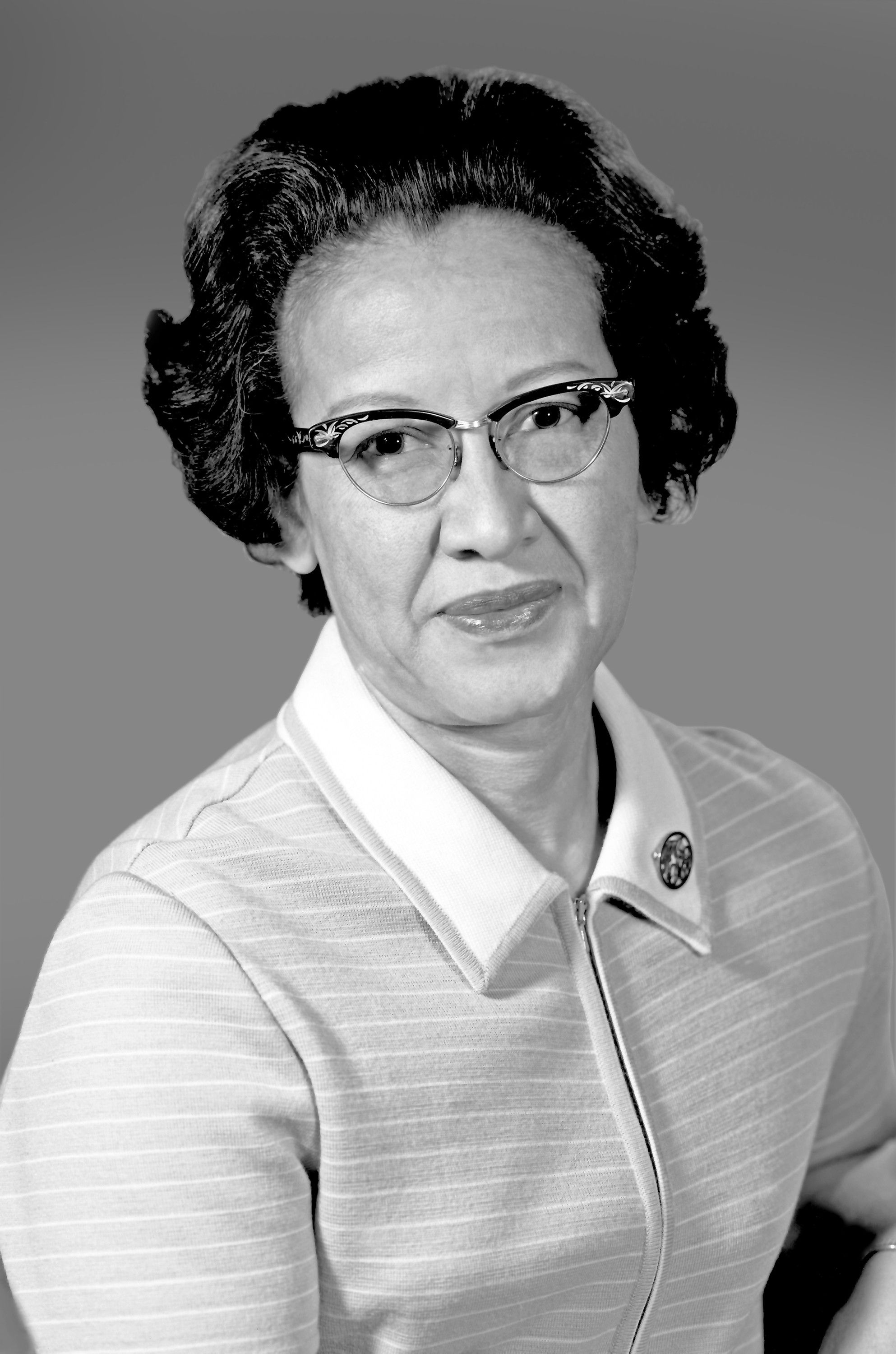
Katherine Goble Johnson
The protagonist of the main plot is introduced early in the film as a prodigious young girl (Lidya Jewett) whose exceptional talent in mathematics lands her in a school for gifted black children at the age of 8. Throughout the remainder of the film, she is portrayed by Taraji P. Henson.
Katherine Goble is a widow, working in the West Area Group at Langley to provide for her mother and three daughters. Her skill in analytic geometry lands her a role as a computer in the Space Task Force, the group of engineers and mathematicians developing the Mercury program, NASA’s project to send the first person into space.
The Space Task Force is led by Al Harrison (Kevin Costner), who has his own glass-walled office overlooking the rest of the Task Force’s desks. Katherine is told that Harrison does not engage much with the Task Force besides giving them their assignments, and she is instructed not to bother him.
Katherine gets off to a good start, but head engineer Paul Stafford (Jim Parsons) resents working alongside a black woman. His character does several passive-aggressive things to torment Katherine. On top of this, Katherine must run back and forth to use the only bathroom for black women at Langley, which is back in the West Area.
Despite Stafford’s attempts to block out information in the equations she is given to check with a black marker, saying that she “doesn’t have clearance” to read all the figures on the pages, Katherine is still able to read that she is checking calculations for the use of an Atlas D missile to carry a man into space. She solves a problem that the engineers had been unable to, which catches the attention of Harrison, who tells Stafford to stop censoring her work.
Harrison eventually also notices that Katherine is frequently gone on long breaks. Upon being confronted as to why, Katherine tells Harrison that she’s going to the bathroom, which, because she is black, means going to the other side of the compound. This leads to her also speak out against other discrimination she has faced from the others in the Space Task Force.
Harrison responds by desegregating the facilities, dramatically breaking down the “Colored Women’s Restroom” sign with a crowbar.
Katherine’s continued excellence gains her more and more access to the upper levels of NASA. She eventually becomes the favored computer of astronaut John Glenn (Glen Powell), who later insists she check the IBM’s calculations before the launch of Friendship 7.
Katherine also gets a subplot about meeting and marrying her second husband, Lt. Col. James Johnson. These scenes give us a look at the home life of the three protagonists, though the focus stays on Katherine.
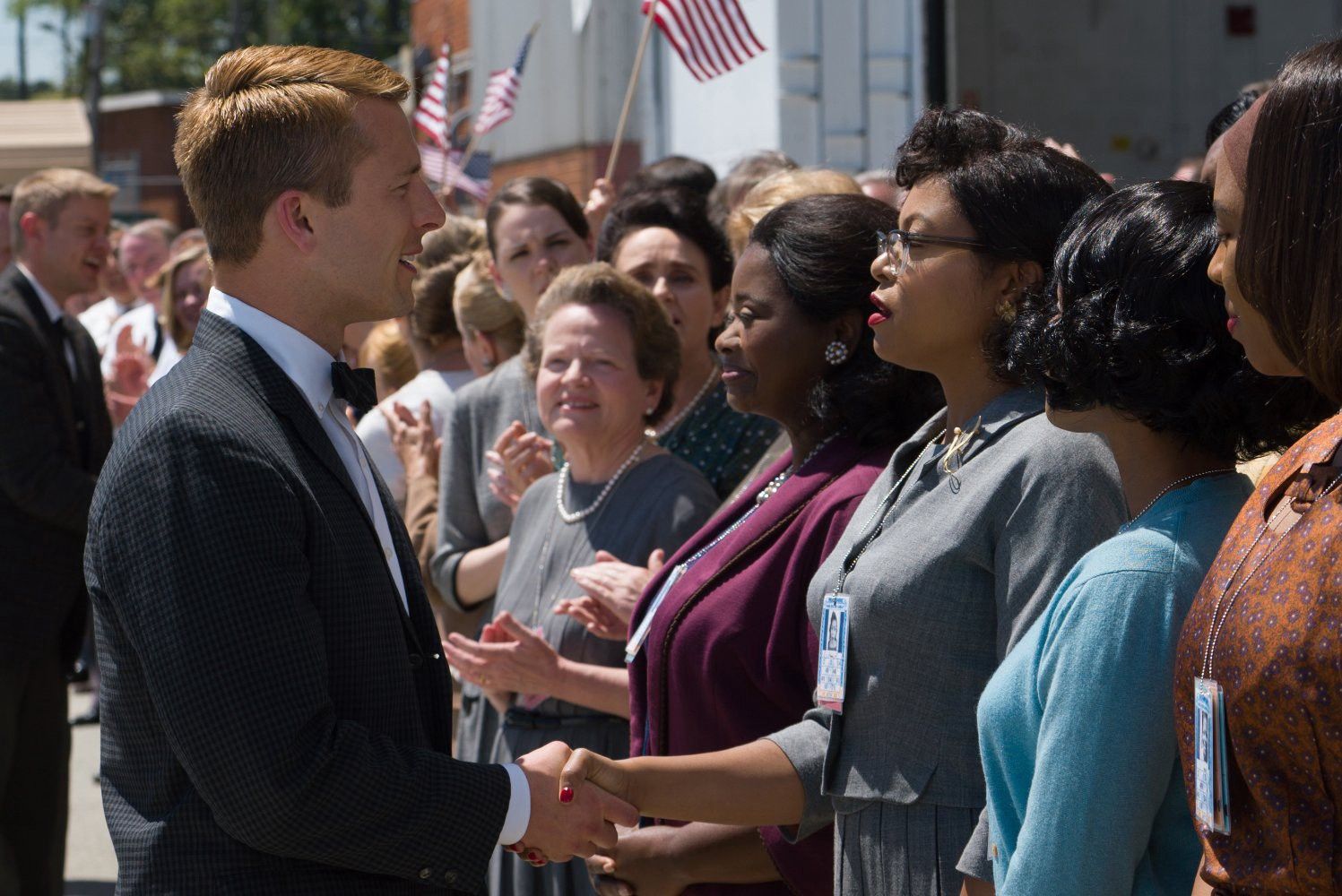
Analysis
Hidden Figures is not a special-effects heavy movie. It’s world is built by set design, costuming, and, of course, cars. It all looked very late-’50s/early-’60s, especially the light blue Bel Air featured in the opening scenes.
The film does a fine job balancing its two main historical themes of desegregation of society during the Civil Rights Era, and the Space Race scientific rivalry between the U.S.A. and the U.S.S.R. These are both facets of the same era of American history, but they’re rarely depicted in the same work. This is likely because the Civil Rights movement reflects poorly on the mainstream America of the time, whereas the Space Race is generally seen as a high point in both American, and, more broadly, human history, and squaring the two ideas is difficult.
Race
Films about racism usually play up the racism quite a bit. Well, perhaps “play up” isn’t quite the correct term, but films about anti-Black racism usually focuses on people whose lives are more or less completely destroyed by said racism. There’ve been lots more movies about Transatlantic slavery, for instance, than about casual racism in the workplace, because it makes for a bigger, more dramatic thing to make a film about.
That’s a problem the filmmakers faced here; while this is during the Civil Rights era, only Mary Jackson is shown to be involved actively in the movement. Vaughan and Johnson face and overcome their own struggles, but they aren’t put in a lot of the sort of danger that their contemporaries faced.
But what might at first glance seem to be a weakness, I thought really became the film’s strength. The focus, as the harms of racism are shown, is on the overall limiting factor on society, rather than on individual’s lives. Brilliant people are limited in their ability to aid human scientific progress by irrational social rules, which in turn limits the ability of the American space program to achieve its goals, possibly even being a reason why Russia won the first legs of the Space Race.
I really liked this approach. Too many anti-racism films portray racism as morally bankrupt, but, as a practical matter, great for white people. This is a fiction; time and energy spent subjugating others is time and energy unused for your own advancement. Thus a racist society is inherently self-limiting. Of course, there’s a significant moral factor in the argument against racism, and the film addresses that, but I especially appreciated that the film remembered not to make one case for racism while making another against it.
There is a scene, which I mentioned above, where Henson’s character gives this speech about all she’s been put through and then Kevin Costner’s character singlehandedly desegregates the NASA facilities, and…it works really well for the film, but I did wonder how much truth there was to it, and, researching this review, I’m afraid there isn’t much. Al Harrison, Vivian Mitchell, and Paul Stafford are all entirely fictional characters, avatars of the anti-racism, passive racism, and active racism, respectively, of white America at the time. I’m not sure if the characters were created for the film or for the book it’s based on, but I can understand either way why they were invented. It’s much easier to keep track of fewer side characters.
Inventing events gets trickier. In reality, NASA never had segregated facilities. The NACA, NASA’s prototypical committee, did segregate the Langley facilities (Then-current president Woodrow Wilson was the man behind the segregation of many federal agencies, so this is hardly surprising.) But these were abolished in 1958, when the NACA was reorganized into NASA.
Dealing with actual historical dates gets difficult when discussing this film. At the beginning, the lead characters speak of working for NASA and of Project Mercury, which NASA named the space flight program taken over from the U.S. Air Force, all of which would place the opening no earlier than late in 1958. But later in the film, Sputnik 1 is launched (which really happened in October of 1957, a year before Project Mercury began). Dorothy Vaughan’s official promotion to supervisor of the West Computing Group happened in 1949, according to NASA’s profile of her. So it would seem that the timeline was compressed for the film.
Overall, I suppose it’s not a documentary. I don’t think the filmmakers were trying to be deceptive in the places where the film deviated from true events, I think they were trying to make a better structured narrative to make a better movie. And I can’t really complain about that.

Science
There have been Mercury Program films before, The Right Stuff being a notable example. But focus hasn’t really been brought to the scientists and engineers behind the program; Wernher von Braun is probably the only NASA rocket scientist people would recognize by name. There’s a fine reason for this: Many, many people worked for the NACA and later NASA to make the Mercury program a success. A film first and foremost about their efforts would either unfairly ignore a lot of people or have far too many characters.
There’s a cultural impression about applied science and the invention of new technologies that very few people are involved with any given breakthrough. A lot of this goes back to Thomas Edison, the turn-of-the-Twentieth-Century inventor famous for the development of the early technology behind electric lighting, batteries, sound recording, motion pictures, and other technologies integral to the modern world, who fostered a public image as a wizard-like genius, which he certainly deserved to some degree, but which also came at the expense of his many employees who worked with him in his invention. (Some recognition of this fact seems to be occurring today, though it often appears that metaphorical monuments to Edison are often metaphorically torn down purely to provide metaphorical material for metaphorical monuments to Tesla. But I digress…)
In reality, even famous geniuses work as part of teams when it comes time to achieve specific goals, and the Space Race was no exception. The film showed that better than some other films I’ve seen.
Also I appreciated that this film didn’t show the protagonists’ brilliance by writing all the other characters as unintelligent. Far, far too many science movies do this. Hidden Figures shows the NASA employees, even the antagonistic, racist ones, as competent scientists; it is thus all the more meaningful each time one of the protagonists gains more recognition for their own contributions.

Conclusion
As I mentioned above, I have no complaints about this film. The closest I could come to complaining would be to say that the plot wherein Katherine met and married her second husband didn’t really tie to the rest of the movie. But it’s based on a true story, and if the real woman got married at this time, it would be stranger not to show it. I highly recommend Hidden Figures.
9/10






Member Commentary